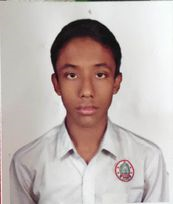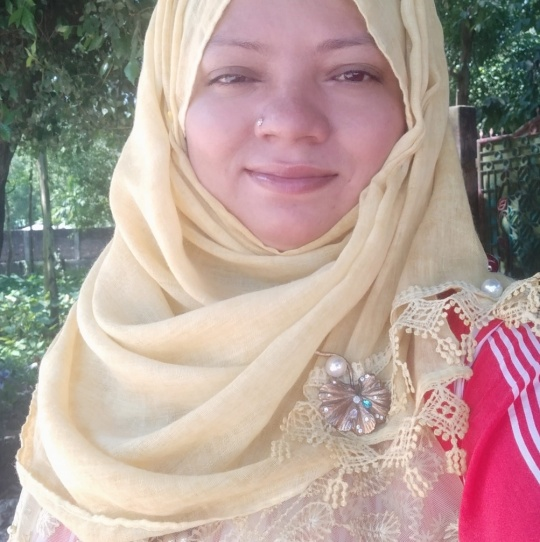How can young people change the world?
“Young people do not know what they want, but they are determined to get it,” those delightful words spoken by Federico Fellini. We know that young people never stop trying, they don’t stop even if they don’t have the desire, the means or the experience to realize their ideas, and that courage will lead to great achievements in the future. Young people have ideas, creativity and incredible energy to change the world for the better. Through their encouraging innovation and imagination, young people have enormous potential to solve
problems and create positive social change in the world.
Many young people strive for inclusion, which means, the process of actually integrating people with physical disabilities, including people with illnesses or mental disabilities, into the active life of society, which, in our opinion, directly creates happier societies, many young people are changing the world towards the best by working towards solidarity in areas such as the economy, the environment and education. This is happening on a large and small scale, with
some young people volunteering tutoring services for students in need, and young climate change activists calling for support for workers who will inevitably be hit by the economic changes associated with climate change. All of this is happening in the context of everyday teens and young adults becoming increasingly aware of how we suffer and how we care for ourselves, which leads to our concern for others and the world around us.
Also in our country there are a large number of young people who make a great contribution to changing our lives, we call them volunteers, they give all their strength to their peers, the elderly and everyone in every region and city of Uzbekistan. help people in need. In a way, it reinforces people’s love for each other. In my opinion, young people are already contributing to changing the world for the better.
Dear President Shavkat Miromonovich Mirziyoyev proposed to name the 2023 “The year of caring for people and quality education” This allows us, young people, to reach the peak of new knowledge, to discover new sides of ourselves. Not only this year, on the contrary, many opportunities have been created for us to gain knowledge. As the first President Islam Abduganievich Karimov said, the future of our country is in the hands of the youth. We can create convenience for ourselves by extensively studying the computer technology and IT field that has entered in recent years, that is, we can reduce the labor force by inventing a better form of robots developed in foreign countries.
Young people are not only the leaders of tomorrow, but right now they are making a great contribution to the world around them. We young people are living in a very advanced time, we are facing new innovations, we are using new technologies, teaching methods and many other high level innovations. Nowadays, young people are developing very fast, so I can say that we can make big changes in our lives.
Although youth are changing the world for the better, I think there are still destructive forces on earth today. We know how hard we sometimes work to take better care of ourselves and others. We will never be able to achieve the ideal state of the world, but each of us has the opportunity to have a good time every day of our lives and change the world for the better. All this is in our hands.
Toshmatova Madinaxon Kodirovna
Student of Namangan State pedagogical institute.










